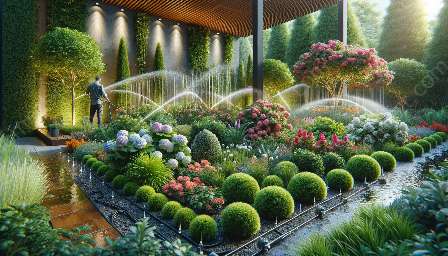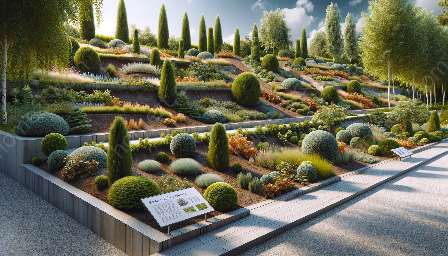Shrubs and bushes are popular additions to many gardens, adding texture, color, and interest to outdoor spaces. To keep these plants looking their best, it's essential to understand proper pruning and trimming methods. By practicing the right techniques, you can promote healthy growth, control size, and enhance the overall aesthetic of your garden.
Importance of Pruning and Trimming
Pruning and trimming are crucial tasks when it comes to maintaining shrubs and bushes. These plants require periodic maintenance to remove dead or overgrown branches, shape the foliage, and encourage new growth. Proper pruning and trimming can also help improve air circulation and sunlight penetration, which are essential for the overall health of the plants.
Seasonal Considerations
It's important to consider the season when planning your pruning and trimming schedule. For most shrubs and bushes, the best time to prune is in late winter or early spring while the plants are still dormant. However, some species may have specific requirements, so it's crucial to research the particular needs of the plants in your garden.
Tools for Pruning and Trimming
Having the right tools is essential for successful pruning and trimming. Common tools include hand pruners, loppers, hedge shears, and pruning saws. Selecting the appropriate tool depending on the size and type of branches will ensure clean, precise cuts and minimize damage to the plants.
Methods for Pruning
There are several methods for pruning shrubs and bushes, each serving a specific purpose. Thinning involves selectively removing branches to improve light and air circulation within the plant. Heading back is the process of cutting back the tips of branches to encourage bushier growth. Rejuvenation pruning is a more drastic approach, involving cutting the plant down to its base to stimulate new, healthier growth.
Trimming Techniques
When it comes to trimming, a common goal is to maintain a neat, compact shape for the shrubs and bushes. Using hedge shears, you can carefully trim the outer layer of growth to create a clean, manicured appearance. For larger bushes, selective hand trimming may be necessary to shape the plants and remove any unruly growth.
Mistakes to Avoid
While pruning and trimming are essential, it's also critical to avoid common mistakes that can harm the plants. Over-pruning, cutting at the wrong time, and using dull or inappropriate tools can lead to damage and hinder the plants' growth. It's important to familiarize yourself with the specific needs of each type of shrub or bush to avoid potential pitfalls.
Guidelines for Different Types of Shrubs and Bushes
It's important to recognize that different types of shrubs and bushes may require specific pruning and trimming techniques. Evergreen shrubs, deciduous bushes, flowering varieties, and fruit-bearing plants each have unique needs that should be taken into account. Researching the specific requirements of the plants in your garden is key to maintaining their health and appearance.
Conclusion
Pruning and trimming are essential aspects of caring for shrubs and bushes in your garden. By understanding the methods, tools, and best practices for these tasks, you can ensure that your plants remain healthy, vibrant, and visually appealing throughout the year. With the right approach to pruning and trimming, your garden can showcase the natural beauty of these versatile and attractive plantings.




















